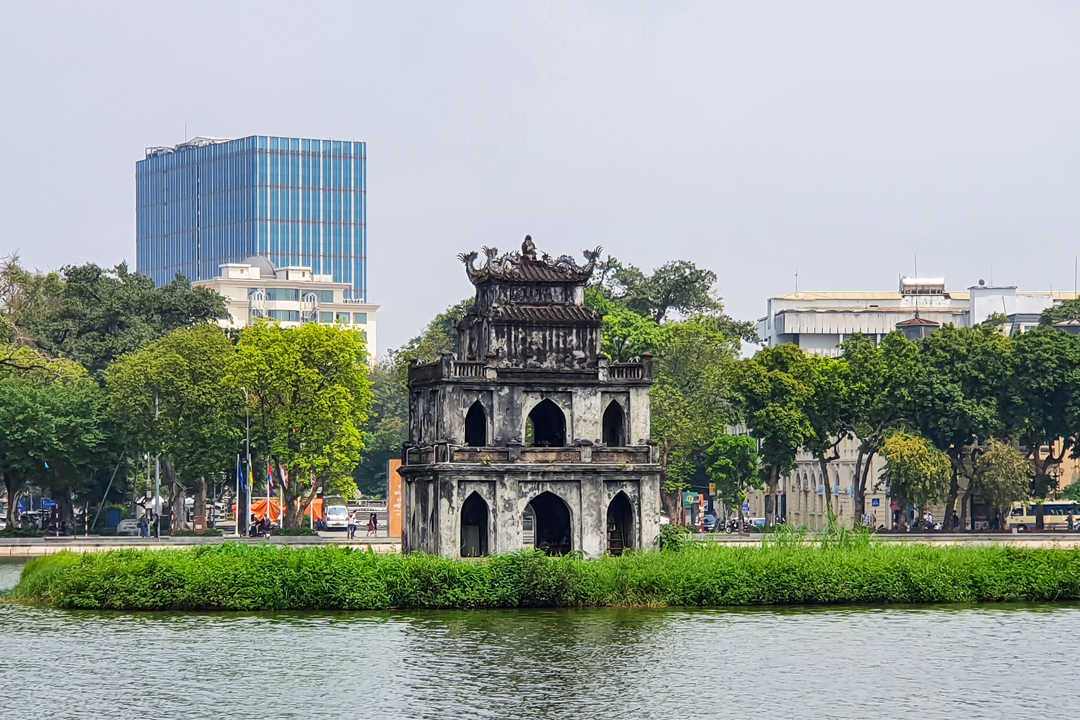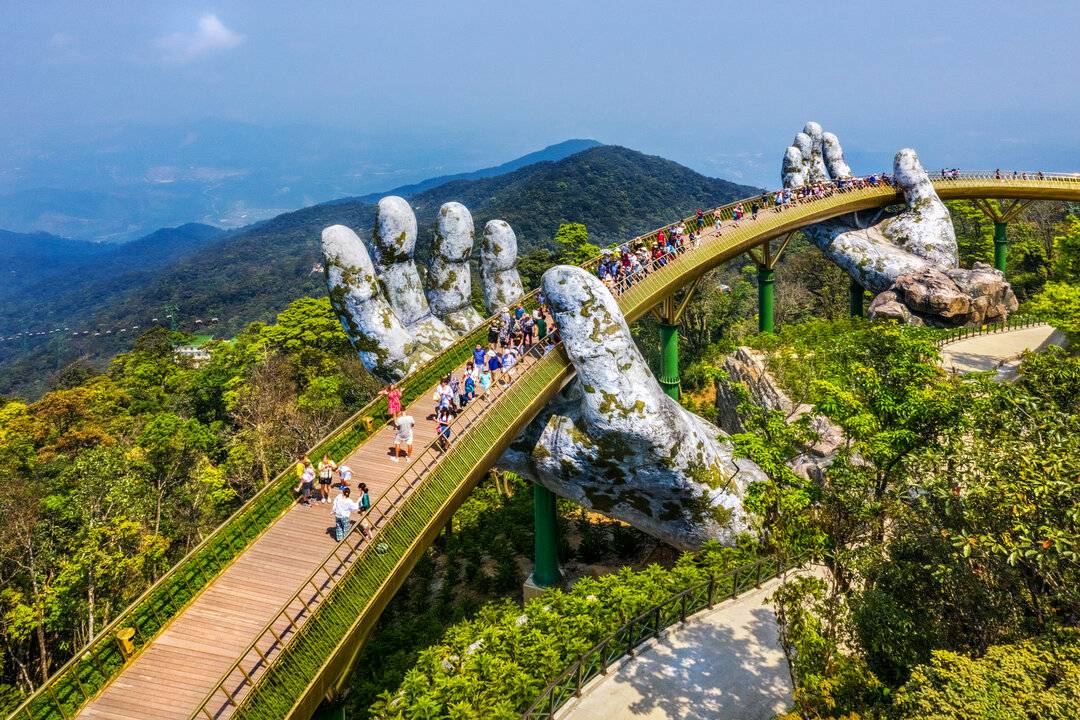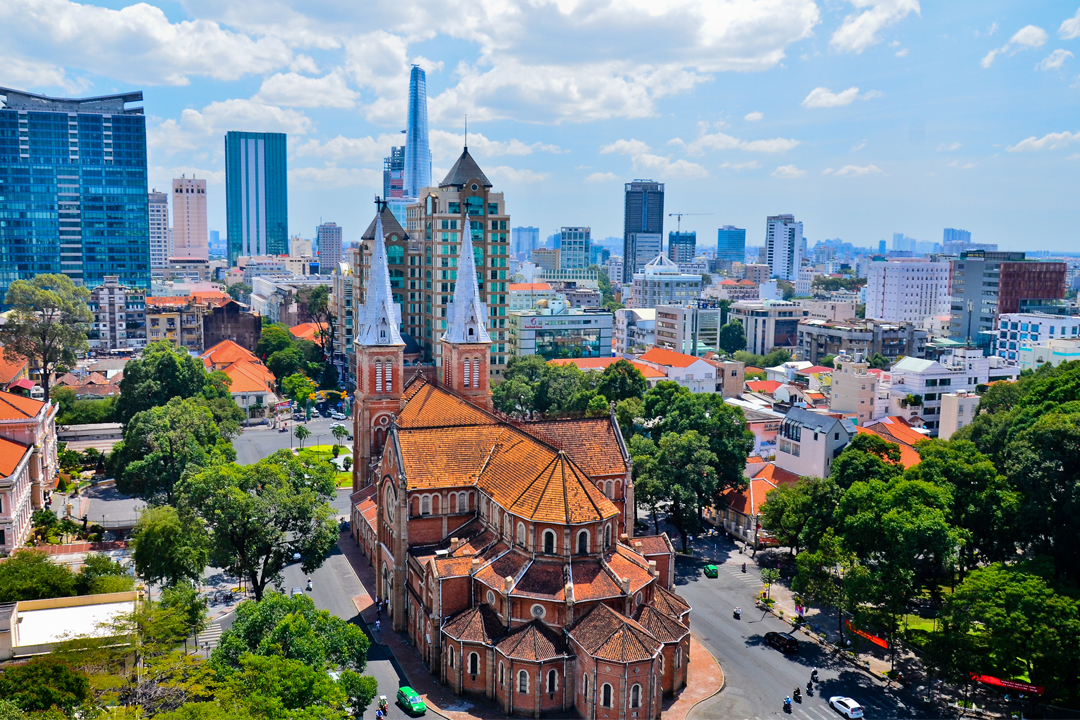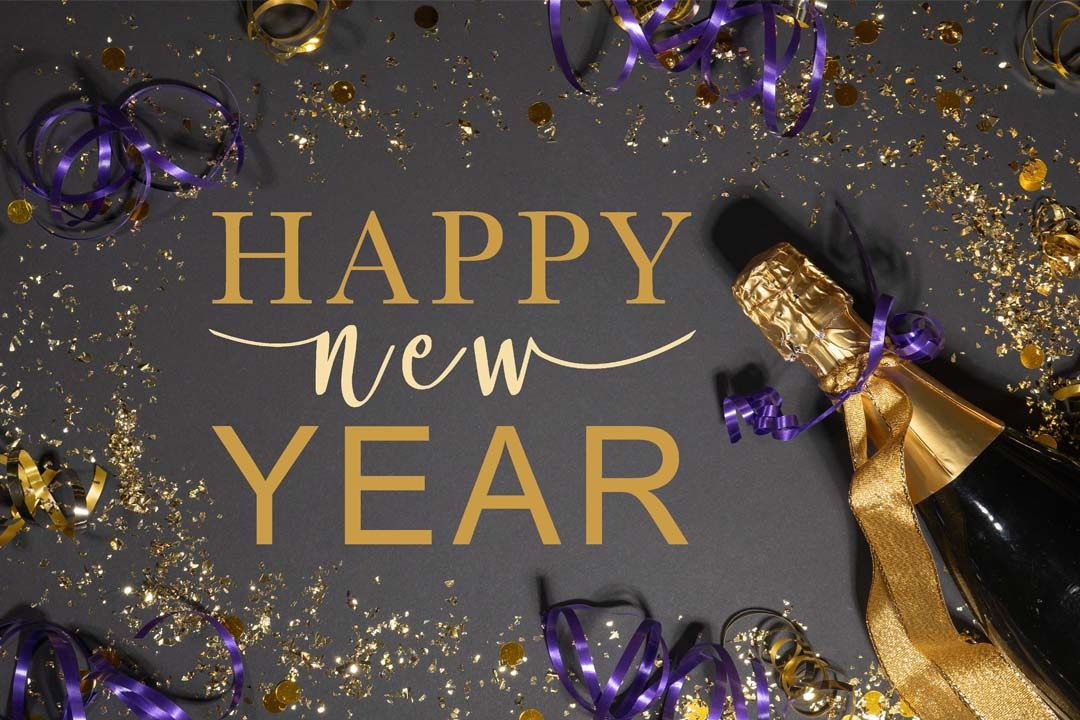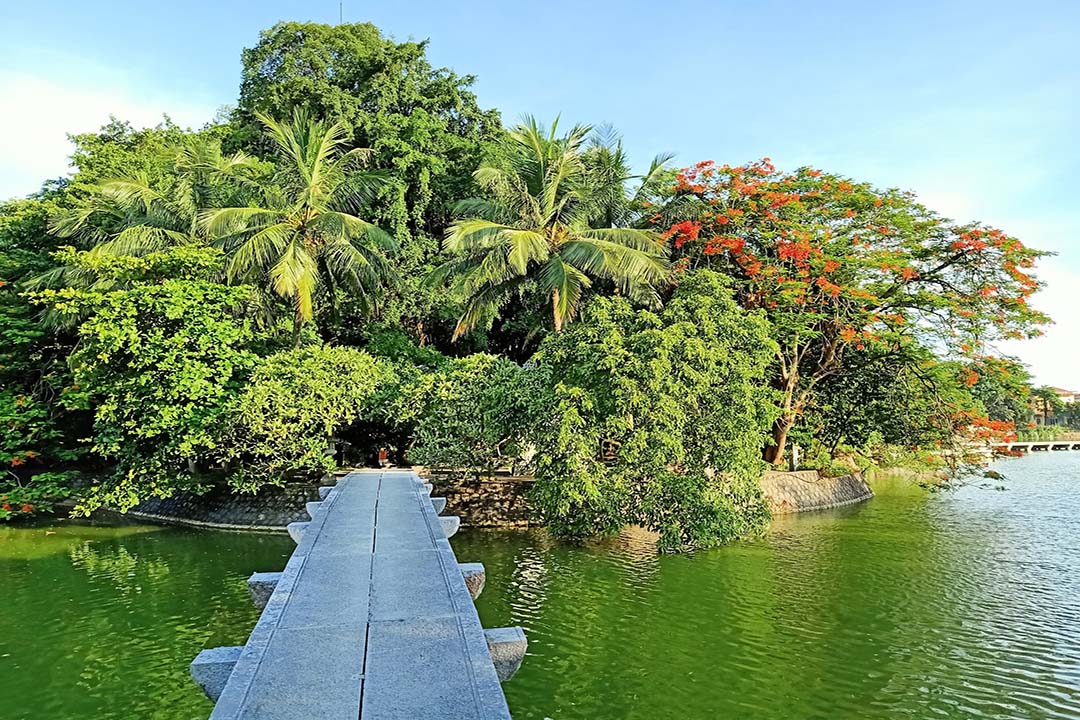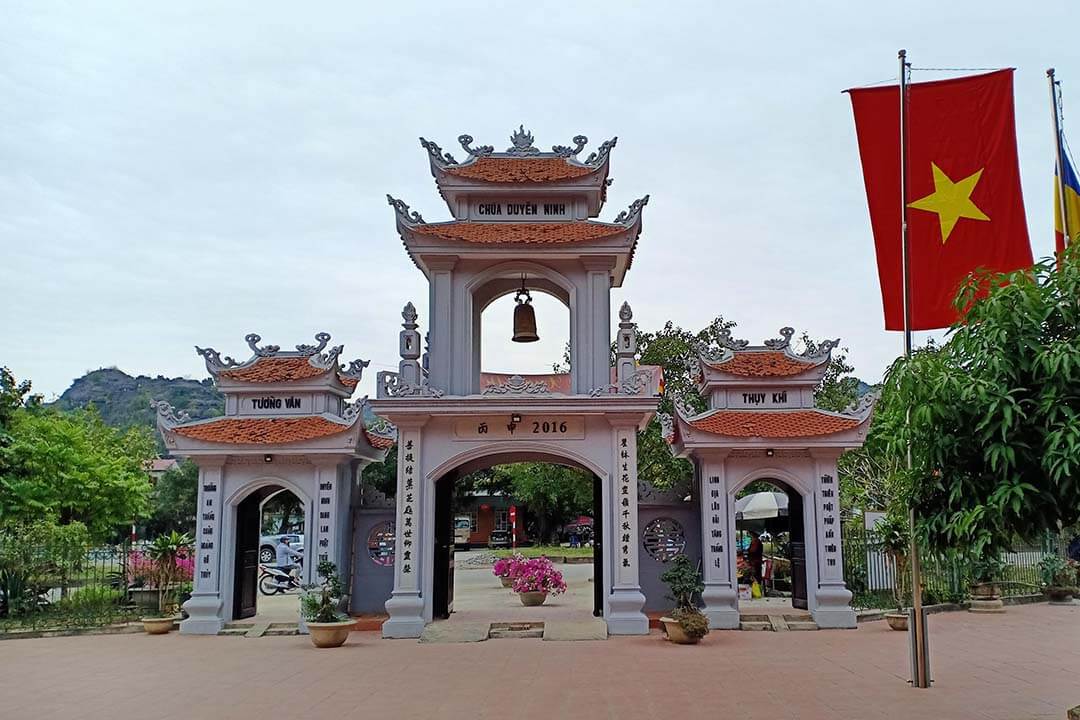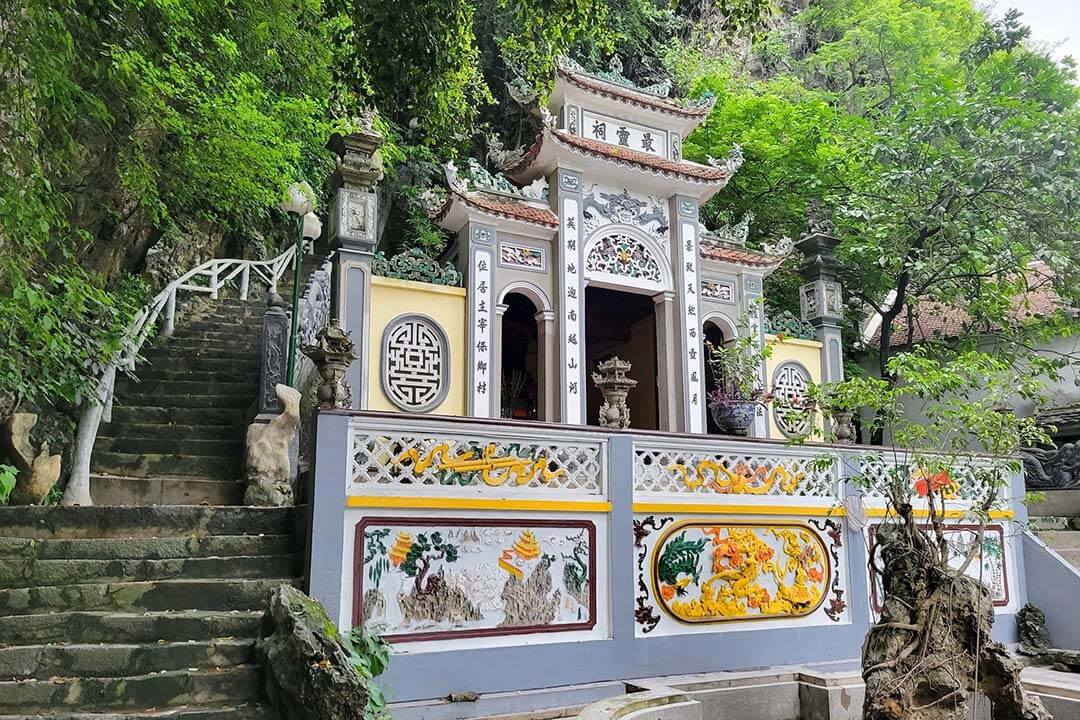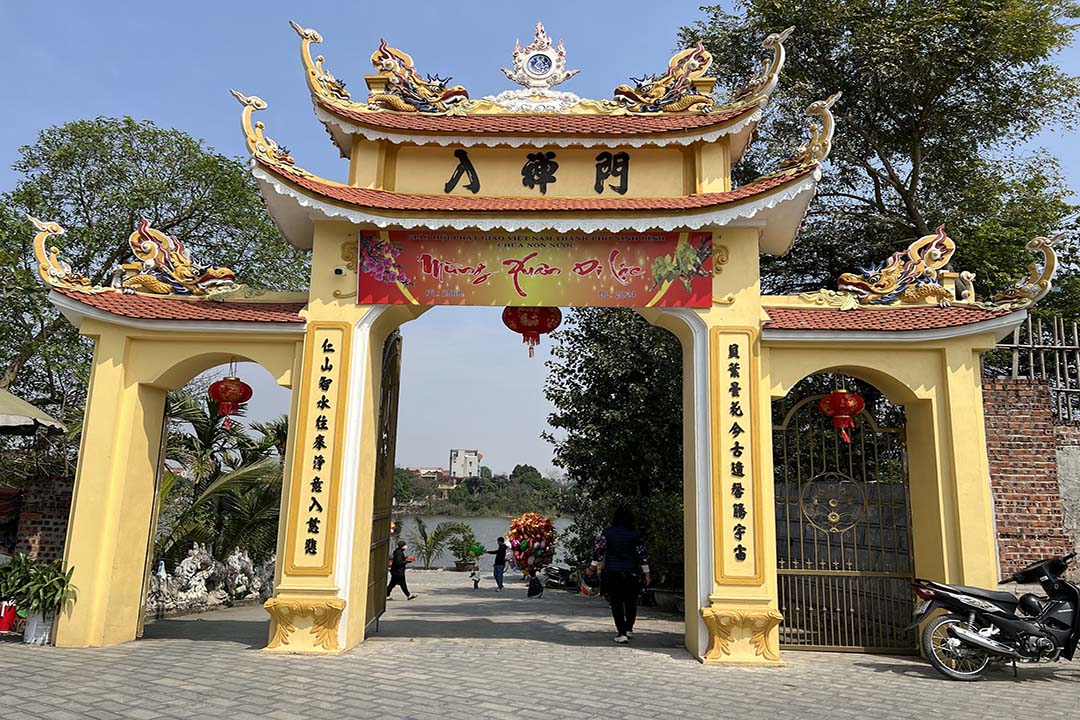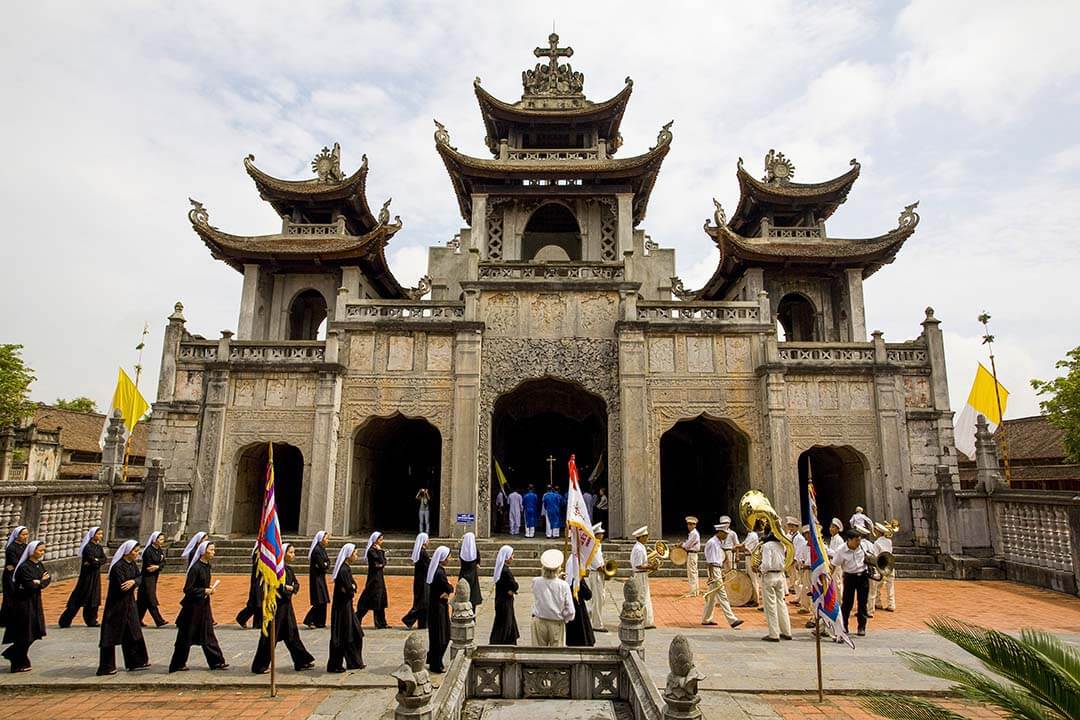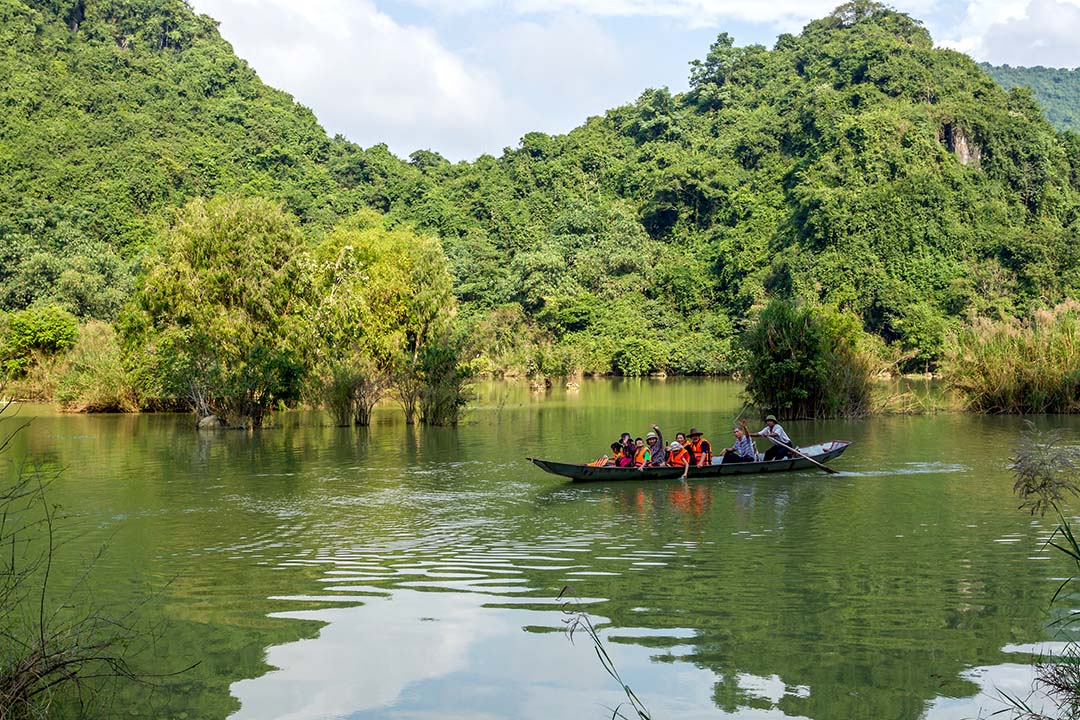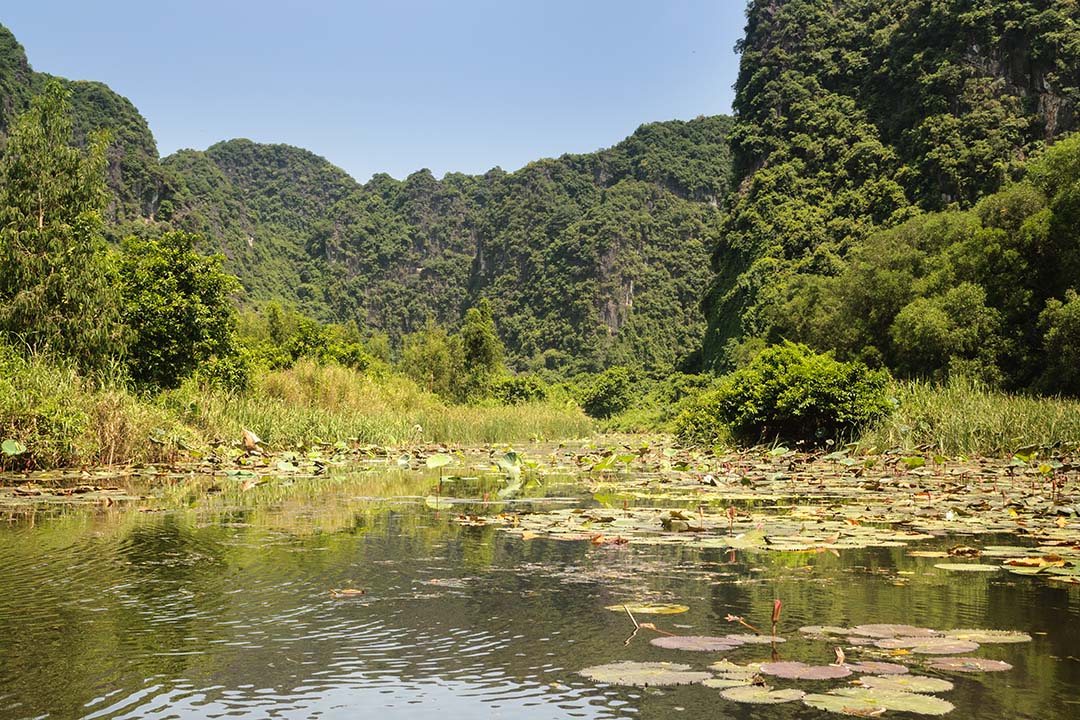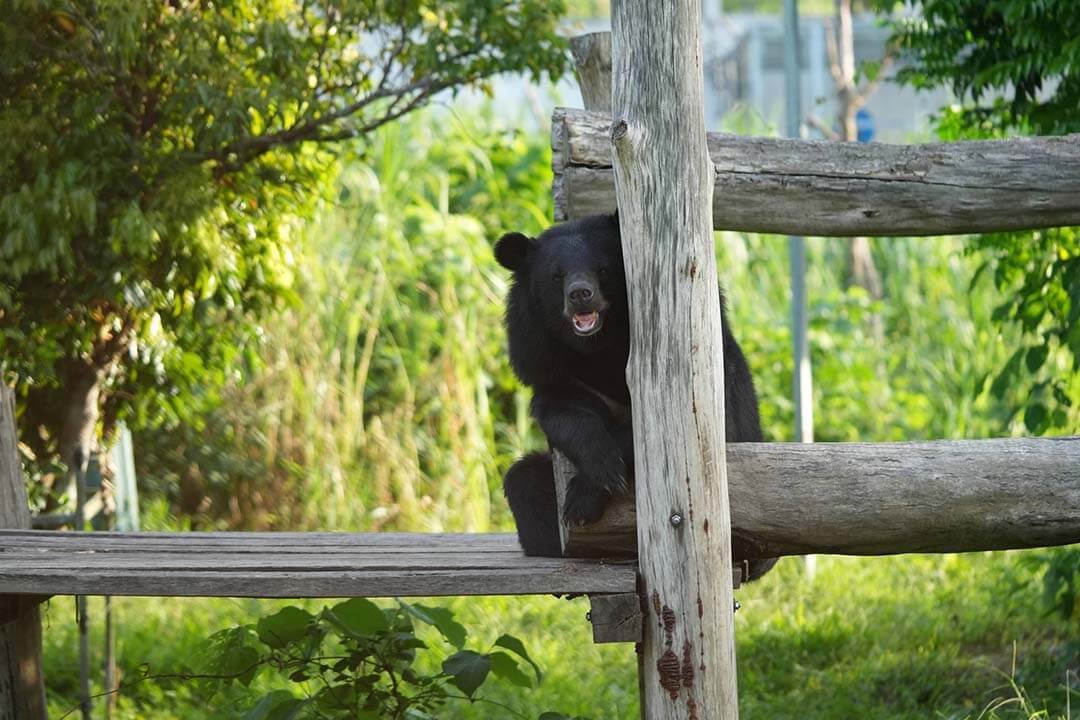Sep - 17 - 2025
Thung La Temple is nestled beside the serene Hoa Lu Cave in Gia Hung Commune, Ninh Binh Province (former Gia Hung Commune, Gia Vien District), occupying a peaceful 4-hectare area. This ancient temple lies within a quiet, secluded valley, adding to its tranquil ambiance. The valley is encircled by five majestic mountains, creating a natural enclosure that adds to the temple’s mystique and seclusion.
The temple’s location not only showcases natural beauty but also holds deep spiritual significance. Locals believe the protective circle of mountains around Thung La symbolizes harmony between humans and nature. This location has served as a sacred site for generations, dedicated to worshiping Quoc Mau, or the Mother of the Nation.
With its unique blend of nature, history, and architecture, the temple is a remarkable destination for travelers interested in Vietnam’s rich cultural heritage. Beyond its scenic landscape, the temple is a cultural landmark hosting annual festivals, which celebrate traditional customs and honor local deities. Let’s explore more about Thung La Temple with GTrip in this article.
History of Thung La Temple
Thung La has a long and rich history, dating back to the reign of King Dinh Tien Hoang (968 – 979 AD), who unified Vietnam after defeating the 12 warlords. The temple was established to honor the Queen Mother of King Dinh and Vuong Ba, a revered figure known for her contributions to the king’s military success. Vuong Ba, often described as an adept leaf fortune-teller, is said to have provided King Dinh with invaluable guidance during his campaigns. The temple’s foundation reflects deep respect for those who helped shape the fate of the Dinh dynasty. This includes Vuong Ba, whose healing and prophetic abilities were essential during critical moments in history.
Vuong Ba’s role in the temple’s history goes beyond her mystical fortune-telling abilities. According to legend, she played a significant part in helping King Dinh Tien Hoang quell the rebellion of the 12 warlords. This was a crucial event in the consolidation of power during the early days of Vietnam’s unified state.
The temple is believed to have been a refuge for the king’s soldiers, where they received medical treatment using the area’s abundant medicinal plants. The sacred valley surrounding the temple was a site for spiritual reflection and a place where healing traditions were practiced. It played a vital role in the king’s military and cultural strategies.

Landscape inside Thung La Temple
The temple is imbued with local legends that enhance its mystical reputation. One legend speaks of Vuong Ba’s sacred bond with King Dinh, where she would read the leaves before his military campaigns, ensuring his success. Her foresight and wisdom were believed to have guided the king through many crucial battles. The temple’s association with these legends highlights its cultural significance, where folklore and history intertwine to create a narrative passed down through generations. For the people of Gia Hung Commune, the temple is not just a historical monument but a living testament to their ancestors’ deep spiritual connection to the land.
In addition to its historical importance, Thung La holds profound spiritual significance for the local community. The valley is considered a sacred space where locals come to pray for divine protection before venturing into the forest or embarking on important endeavors. The temple is believed to offer spiritual guidance, as well as protection from harm.
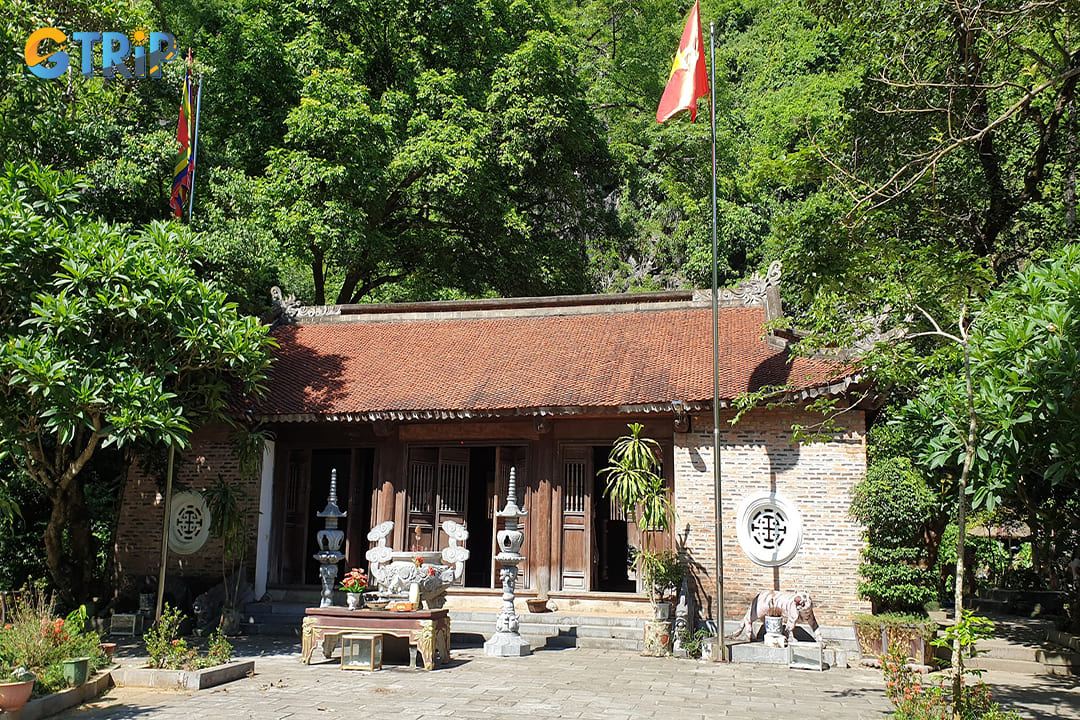
Thung La Temple
Each year, the temple becomes a central hub for local celebrations, particularly during the spring festival. The community gathers to pray for prosperity and good fortune in the new year. This ritual is an integral part of local culture, reflecting the ongoing role the temple plays in the spiritual lives of the people.
Throughout the centuries, Thung La Temple has undergone several renovations to preserve its structure and historical significance. Despite the passage of time, the temple has managed to maintain its sacred aura, continuing to serve as a place of worship and cultural pride for the people of Gia Hung. The preservation efforts have ensured that the historical and spiritual values associated with the temple are passed onto future generations. As a result, Thung La Temple remains an important cultural and spiritual landmark in Ninh Binh, representing the resilience of local traditions and the enduring connection between the people and their history.
Architecture of Thung La Temple
The temple follows the traditional “First II, Late Dinh” architectural style, reflecting the cultural values of the Dinh dynasty. People approach the temple via a narrow alley with nearly 100 steps, adding a sense of reverence. The temple features a three-room front porch with three doors, topped by two dragons flanking a crescent moon, symbolizing protection and cosmic balance.
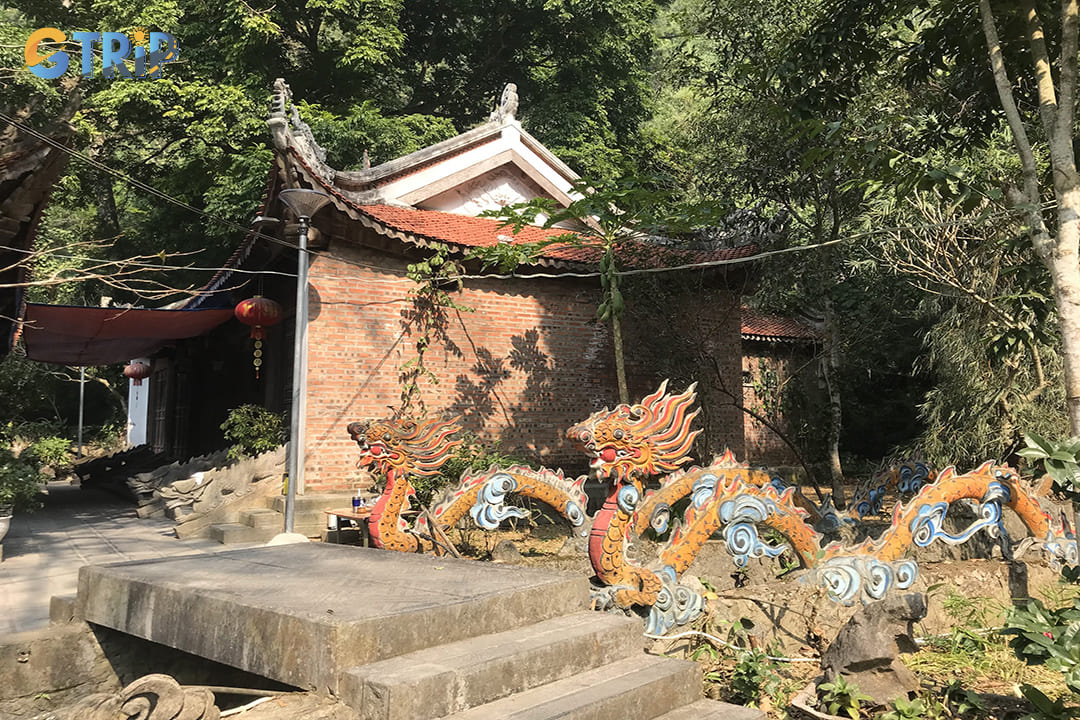
Architecture of Thung La Temple
The temple is built using brick and covered with traditional tiled roofing. A prominent green stone well at the entrance is intricately carved with dragons, turtles, and other symbols. In front, a stone screen shaped like a scroll is embossed with a pair of dragons, enhancing the temple’s mystical design.

The well inside Thung La Temple
Inside the harem, the front altar is dedicated to the Council of Mandarins, followed by a statue of the National Mother Anh Linh, placed in a lacquered and gilded coffin. The statue features a gentle and kind expression, evoking both closeness and sacredness. Above, the altar honors the Three Holy Mother Goddesses: First Thuong Thien, Second Thuong Ngan, and Third Thoai Phu. They are significant figures in the ancient Vietnamese Mother Goddess religion. To the right, the Mandarins are worshiped, while Lord Thuong Ngan is honored on the left. The Mother holds deep significance in Vietnamese culture, symbolizing nurturing, protection, and spiritual guidance. In religious practices, she is often seen as a powerful figure who provides blessings and safeguards the community.

Honoring mother inside Thung La Temple
The roof of Thung La Temple is distinctive, featuring traditional curved eaves and elegant design elements that highlight its ancient origins. The temple’s design features Chinese influences, with a curved roofline that adds fluidity and grandeur. This architectural style emphasizes the connection between heaven and earth, a common theme in ancient Vietnamese temple design. The roof, along with the decorative carvings and motifs, adds a layer of mysticism to the temple’s overall aesthetic.
The temple is surrounded by a beautiful courtyard, which enhances the sense of serenity and peace. This space provides a natural buffer between the sacred interior and the external world, allowing for reflection and spiritual connection. The garden, with its lush vegetation and serene atmosphere, serves as an extension of the temple’s spiritual essence.
Thung La Temple Festival
The Thung La Temple Festival is held annually on the 11th day of the first lunar month, drawing both locals and tourists to participate in this cultural and religious event. The festival commemorates the legacy of Dinh Tien Hoang and the historical significance of the area. To visit the temple, one must pass through Thung Lau, a site linked to the childhood and early adulthood of Dinh Bo Linh, later known as Dinh Tien Hoang. This location provides you with a unique opportunity to step back in time to the 10th century, reflecting on the period when Dinh Bo Linh trained and built his army, ultimately unifying the country.
In the year 967, Dinh Bo Linh successfully defeated the 12 warlords of the region, establishing his dominance and paving the way for the unification of Vietnam. By 968, he was crowned Emperor, marking the beginning of a unified feudal nation. The festival serves as a reminder of these pivotal events, celebrating Dinh Tien Hoang’s achievements in securing national independence and sovereignty for Vietnam. This connection to the nation’s early history adds a deep layer of cultural and historical significance to the festival.
The festival is not only a religious celebration but also a reflection on Vietnam’s long-standing traditions of unity and strength. It honors Dinh Tien Hoang’s role in the nation’s foundation and offers a meaningful space for reflecting on Vietnam’s historical journey. Through prayers, offerings, and cultural performances, the festival highlights the rich heritage of the area and its role in shaping the Vietnam we know today.
Every year, Gia Hung commune organizes a traditional festival with incense offering and palanquin procession activities at Dinh Trai, Hoa Lu cave and Thung La temple . From the 10th to the 13th of January, the festival shows the respect of local people and tourists to King Dinh and those who have contributed to the country.
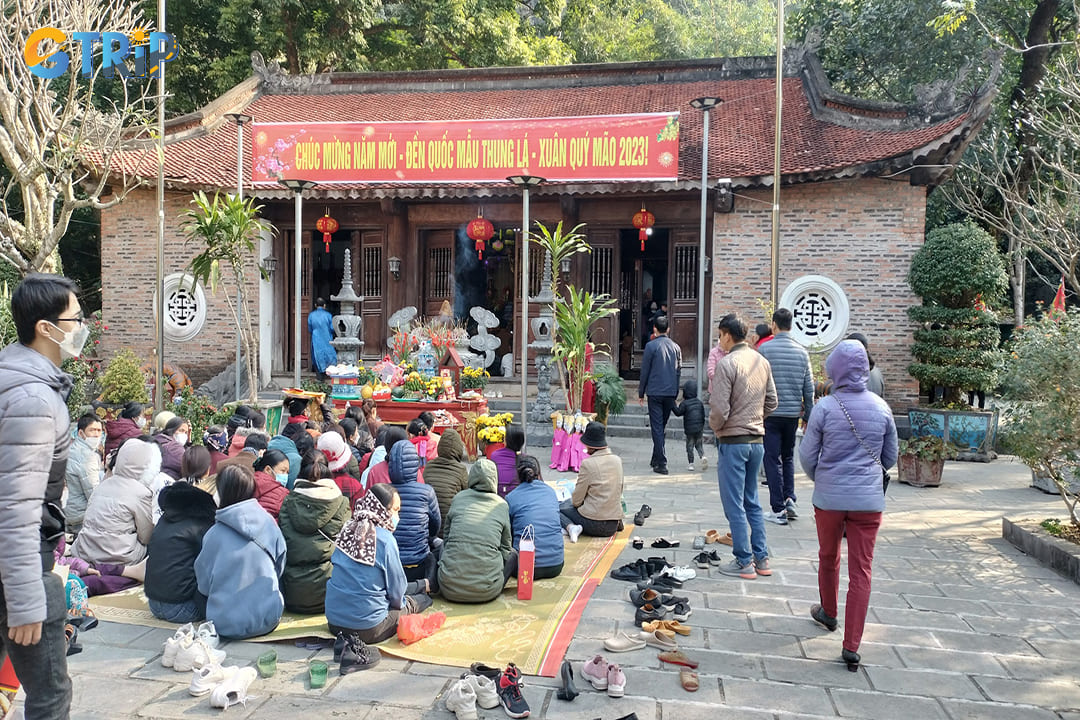
Thung La Temple Fesitval attract attracts many participants
Thung La Temple is a key symbol of Vietnam’s cultural and historical heritage. Its spiritual significance, stunning architecture, and connection to Dinh Tien Hoang’s legacy make it a meaningful destination. The annual festival, with its traditional rituals and community involvement, honors the temple’s history and preserves ancient customs. Visiting Thung La offers a unique glimpse into Vietnam’s past and the enduring strength of its people.

